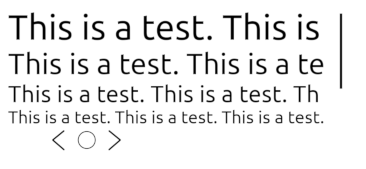Postcard stamps are Forever
This post originally appeared on my cohost blog.
Today, it costs 68 cents to mail a letter under one ounce to anywhere in the United States (or to McMurdo Station in Antarctica). Mailing a postcard is even cheaper at 53 cents. But in a little over a week, both rates will go up, to 73 cents and 56 cents respectively.
Since 2007, postal customers have been able to purchase Forever stamps, non-denominated stamps that will always be worth whatever the current letter rate is. If you buy a regular Forever stamp today, it will cost you 68 cents, but you’ll still be able to use it next month to pay for a service that costs 73 cents. (This has fascinating implications for how the USPS recognizes revenue, but this is not a post about accounting.)
It’s worth acknowledging that that’s not how non-denominated stamps have worked historically.
